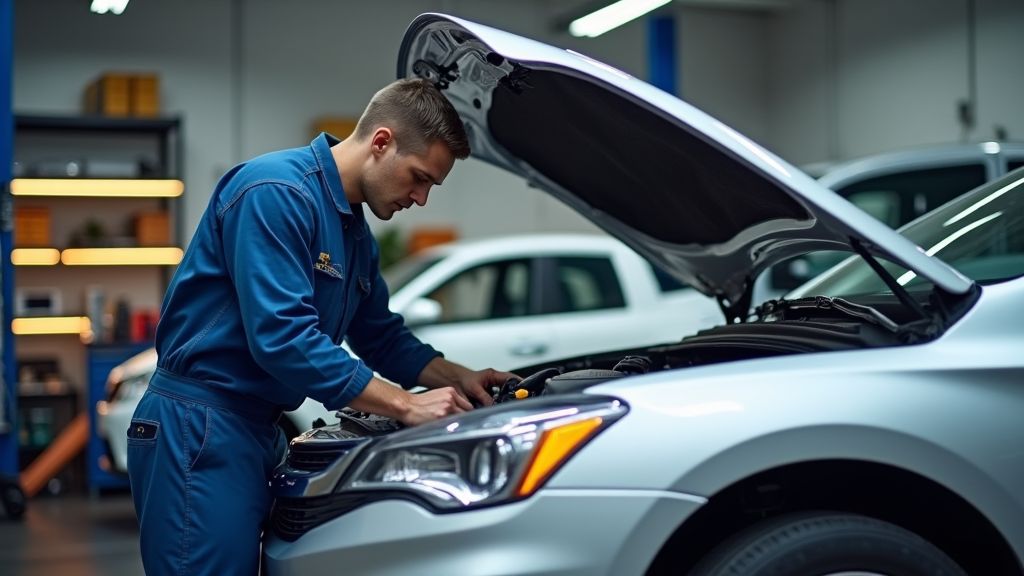Advertisement
How to Handle Common Car Repairs with Confidence
Have you ever been faced with a car repair and felt completely overwhelmed? You’re not alone! Many car owners find themselves in a similar situation, unsure of how to handle common car repairs. But fear not, with the right knowledge and confidence, you can tackle these issues head-on. In this article, we’ll provide you with valuable tips and insights on how to handle common car repairs with confidence.
Understanding the Basics
Before we delve into specific car repairs, it’s essential to understand the basics of how a car works. Your vehicle is a complex machine with many moving parts, and each component plays a crucial role in its overall functionality. From the engine to the brakes, every part of your car requires regular maintenance and occasional repairs to ensure it runs smoothly. By familiarizing yourself with the basics of car mechanics, you’ll be better equipped to handle common repairs when they arise.
DIY vs. Professional Help
One of the first decisions you’ll face when dealing with a car repair is whether to attempt the fix yourself or seek professional help. While some repairs can be easily done at home with the right tools and knowledge, others may require the expertise of a qualified mechanic. It’s essential to assess the complexity of the repair and your own skill level before deciding on the best course of action. Remember, safety should always be your top priority – if you’re unsure about a repair, it’s best to leave it to the professionals.
Common Car Repairs and How to Handle Them
Now, let’s take a look at some of the most common car repairs you may encounter and how to handle them with confidence:
1. Changing a Flat Tire: Always carry a spare tire, jack, and lug wrench in your car for emergencies. To change a flat tire, safely pull over to a level surface, loosen the lug nuts, lift the car with the jack, remove the flat tire, and install the spare tire.
2. Jump-Starting a Dead Battery: If your car won’t start due to a dead battery, you can jump-start it using jumper cables and another vehicle. Make sure both cars are turned off, connect the positive and negative cables to the corresponding terminals, start the working car, wait a few minutes, then start your car.
3. Replacing Worn Brake Pads: Squealing or grinding noises when braking are signs of worn brake pads. To replace them, lift the car, remove the tire, unscrew the caliper bolts, remove the old brake pads, install the new ones, and reassemble everything.
By learning how to handle these common car repairs, you’ll feel more confident and empowered when faced with car maintenance issues.
Conclusion
In conclusion, knowing how to handle common car repairs with confidence is a valuable skill that every car owner should possess. By understanding the basics of car mechanics, deciding when to seek professional help, and learning how to tackle common repairs yourself, you can save time and money while ensuring your vehicle remains in top condition. Remember, practice makes perfect – the more you familiarize yourself with your car and its maintenance needs, the more confident you’ll become in handling repairs. So next time your car needs a fix, don’t panic – you’ve got this!













